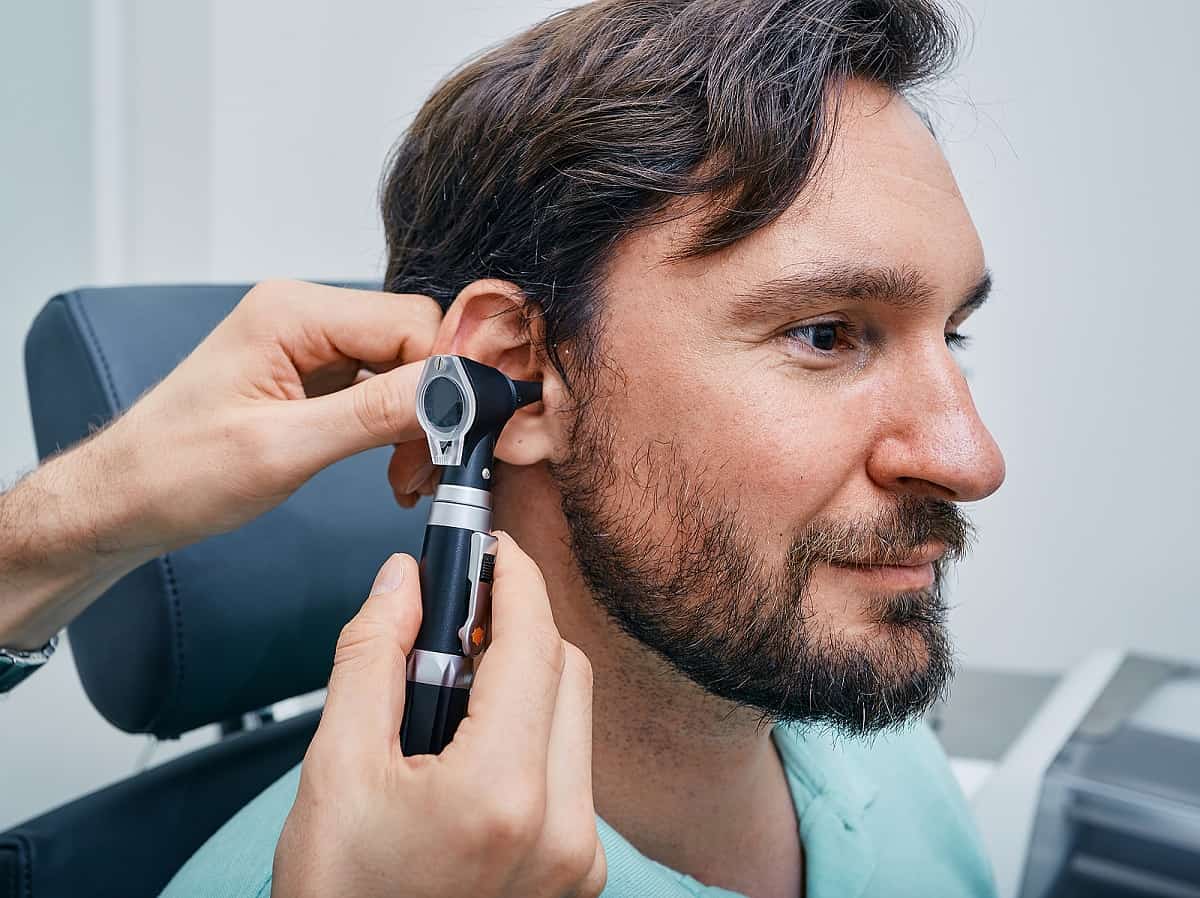One of the most common long-term health problems is hearing loss. In the U.S., almost 1 in 8 people have hearing loss, affecting more than 40 million people. Hearing loss can be caused by several things, such as getting older, having a medical condition (like heart disease, diabetes, or high blood pressure), being exposed to loud noise, or having a family history of hearing loss.
Head injuries are another cause of hearing loss that is often forgotten. Head injuries are prevalent and happen to millions of people each year. Head injuries can be caused by contact sports, car or bike accidents, or falling. They can cause a lot of damage, including hearing loss.
How and why people usually get head injuries
Trauma to the head, like a blow, jolt, or falling object, can cause mild to severe head injuries. Most of the time, people get concussions and milder head injuries.
Traumatic brain injury happens when a severe head injury causes a lot of damage to the brain. The Centers for Disease Control and Prevention (CDC) says that every year there are nearly 3 million head injuries, and a third of them are traumatic brain injuries.
The most common ways that people hurt their heads are:
- Falls
- Car accidents
- The effect of being stuck by something
Head injuries can have short-term and long-term effects on overall health, such as:
- Dizziness and vertigo
- Tinnitus is a condition in which one or both ears buzz or ring.
- Constant sickness and headaches
- Hearing problems, especially in places with a lot of background noise
- Needing help figuring out where sounds are coming from.
These could be signs of more severe problems, like hearing loss, a permanent health condition that makes it hard for a person to understand sounds.
Head injuries and the link with hearing loss
To understand how head injuries can damage our hearing, it’s essential to know how we hear in the first place. The outer ear picks up sounds from the outside world. These sounds then travel down the ear canal and hit the eardrum. This makes the ossicles move, which moves the sound waves deeper into the inner ear. When the cochlea is activated, the movement of hair cells and fluid help turn sound waves into electrical signals that travel through the auditory pathways and reach the brain. The brain can then process the sound and figure out what it means. This lets us understand what we hear.
Any of these essential parts can be hurt by head injuries. For example, a blunt force can damage the eardrum, hit the ossicles, damage the hair cells, stop blood flow, etc., making it hard to process sounds. Depending on where the damage is, it can make it hard for the ear to take in sound, stop soundwaves from reaching the inner ear, and make it harder for hair cells to translate soundwaves, which makes it hard for the brain to process the information.
Hearing loss from head injuries is often a permanent medical condition that can’t be cured but can be well managed. If you’ve hurt your head, checking your hearing is essential.
How to Take Care of Your Hearing
Hearing tests are a painless and non-invasive way for a specialist in hearing health to measure how well both ears can hear. We recommend checking your hearing if you’ve experienced a severe head injury. This tells you if you have hearing loss, how bad it is, and what kind it is. Hearing tests also suggest to your hearing care provider your hearing needs and help them figure out the best way to treat you.
There are many ways to treat hearing loss, but hearing aids, which are electronic devices that pick up and process sound, are the most common. These small, sophisticated devices help people hear better and make getting around in all kinds of places and social situations more manageable.
In addition to hearing tests, you can take care of your hearing health in other ways, such as wearing hearing protection in loud environments and practicing the safe usage of earbuds and headphones.
These simple safety steps can make you less likely to get hurt in the head or your hearing.


